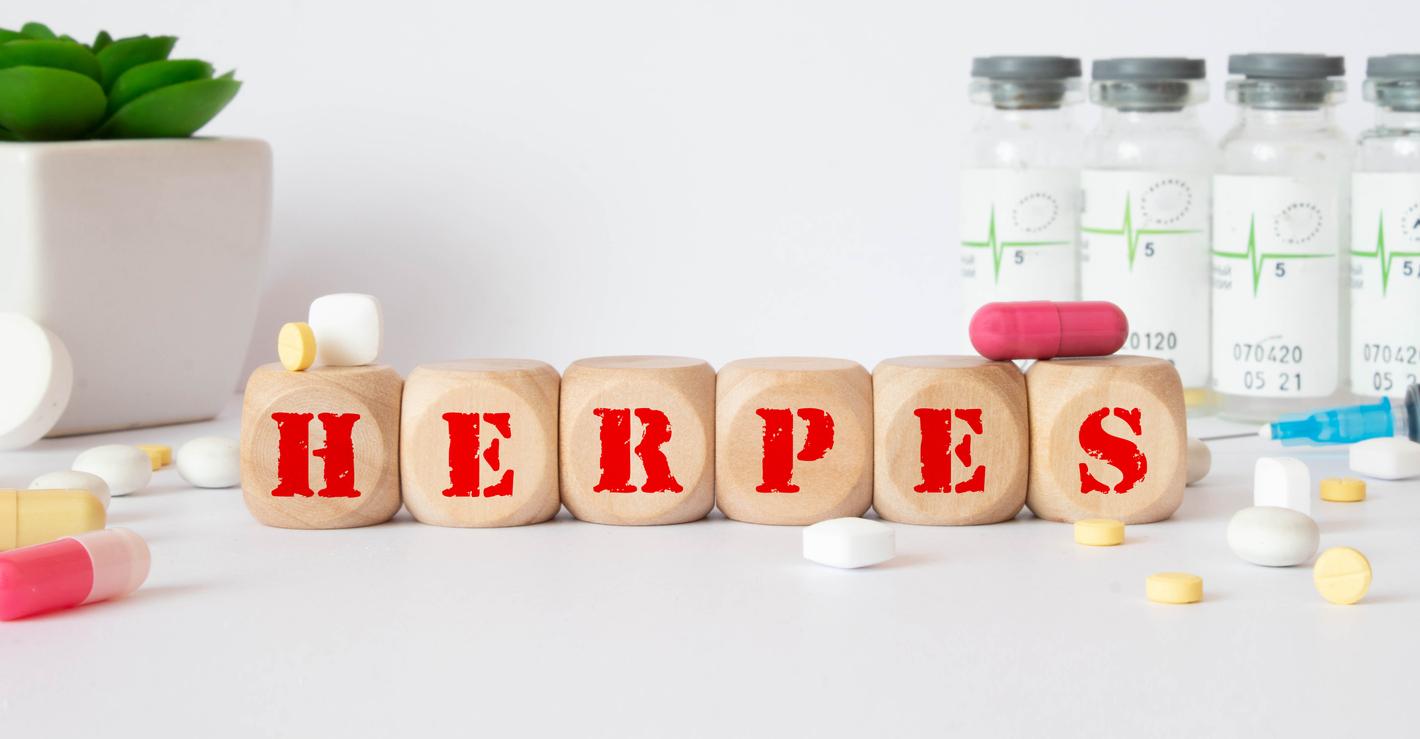Secondary school teachers will be trained to better identify doping behavior in their students. An action that is part of the National Education program to fight addictions.

Alcohol, cigarettes… and doping products. The list of substances consumed by high school students continues to grow. The race for performance, during examinations or in sports, would push some young people to consume doping substances.
Faced with this phenomenon, the concerns of education professionals continue to grow. To answer, the interministerial mission of the fight against drugs and addictive behaviors (Mildeca) organizes training activities on the subject for them. They will be provided in each academy to executives in charge of the addictive behavior prevention policy in middle and high schools.
The latter will then train their colleagues, to help them better identify risky behavior, to know the legal provisions and to ensure an effective prevention discourse with their students. Ultimately, the idea is precisely to set up an awareness program for adolescents, within establishments.
A digital platform distance learning is also in place to support teaching teams over the long term, and answer questions that may arise during training sessions.
Against all addictions
This specific prevention component on doping is part of the broader National Education plan, to better supervise all addictive behavior in schools.
However, there are no official figures to quantify the phenomenon of doping in schools. Several studies carried out locally show that doping only concerns a minority of students. For example, investigation among 1,200 college students from the Aix-Marseille Academy revealed in 2001 that only 0.3% of students had already consumed anabolic steroids. On the other hand, more worrying, they were more than 50% to consider that it could be legitimate to dope to improve its school performances.
The latest OFDT report on the consumption of addictive substances among 17-year-olds underlines that 3.2% of boys and 2.3% of girls have already consumed amphetamines, but without providing more details on doping behavior within this population.
.

















